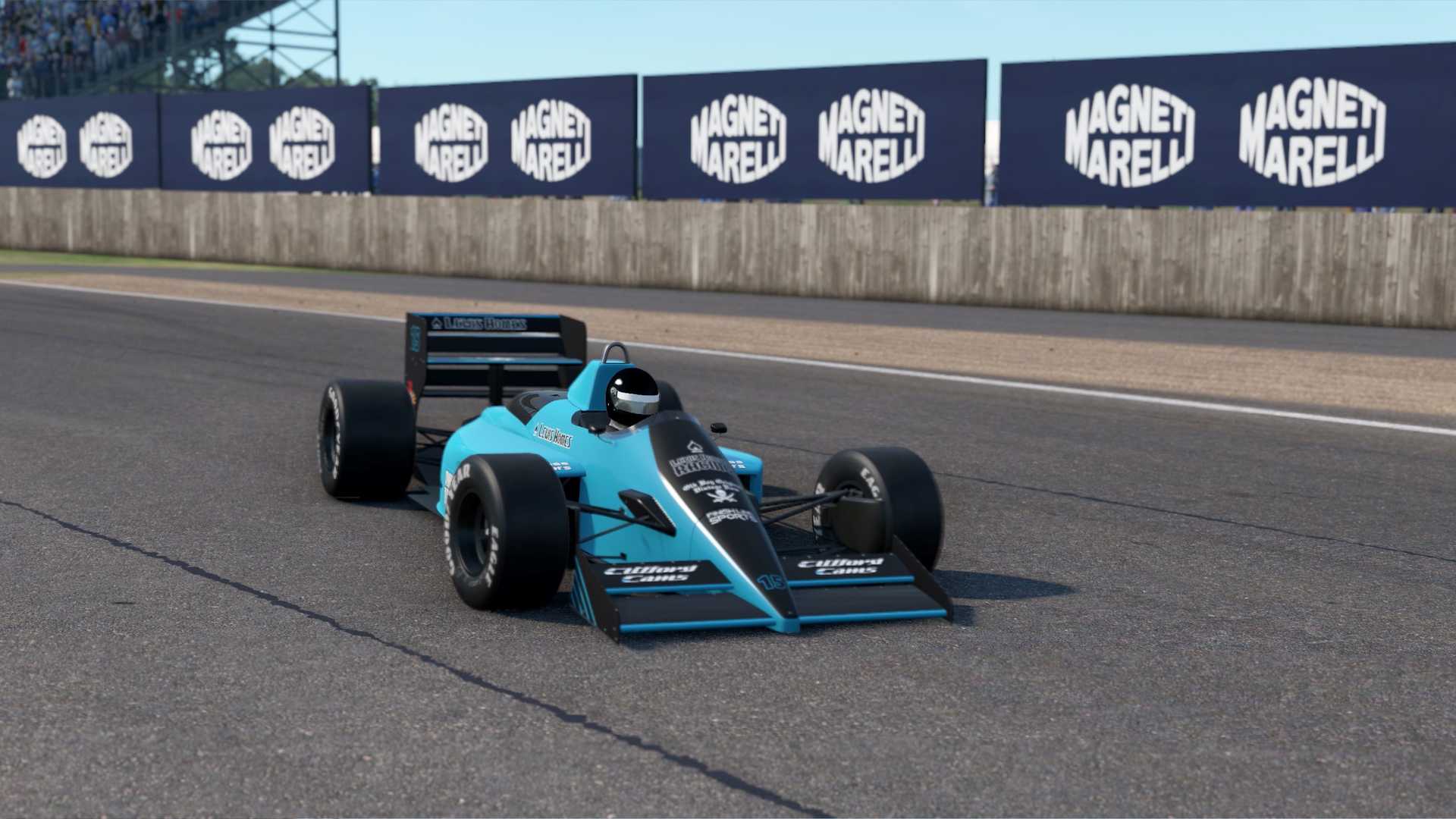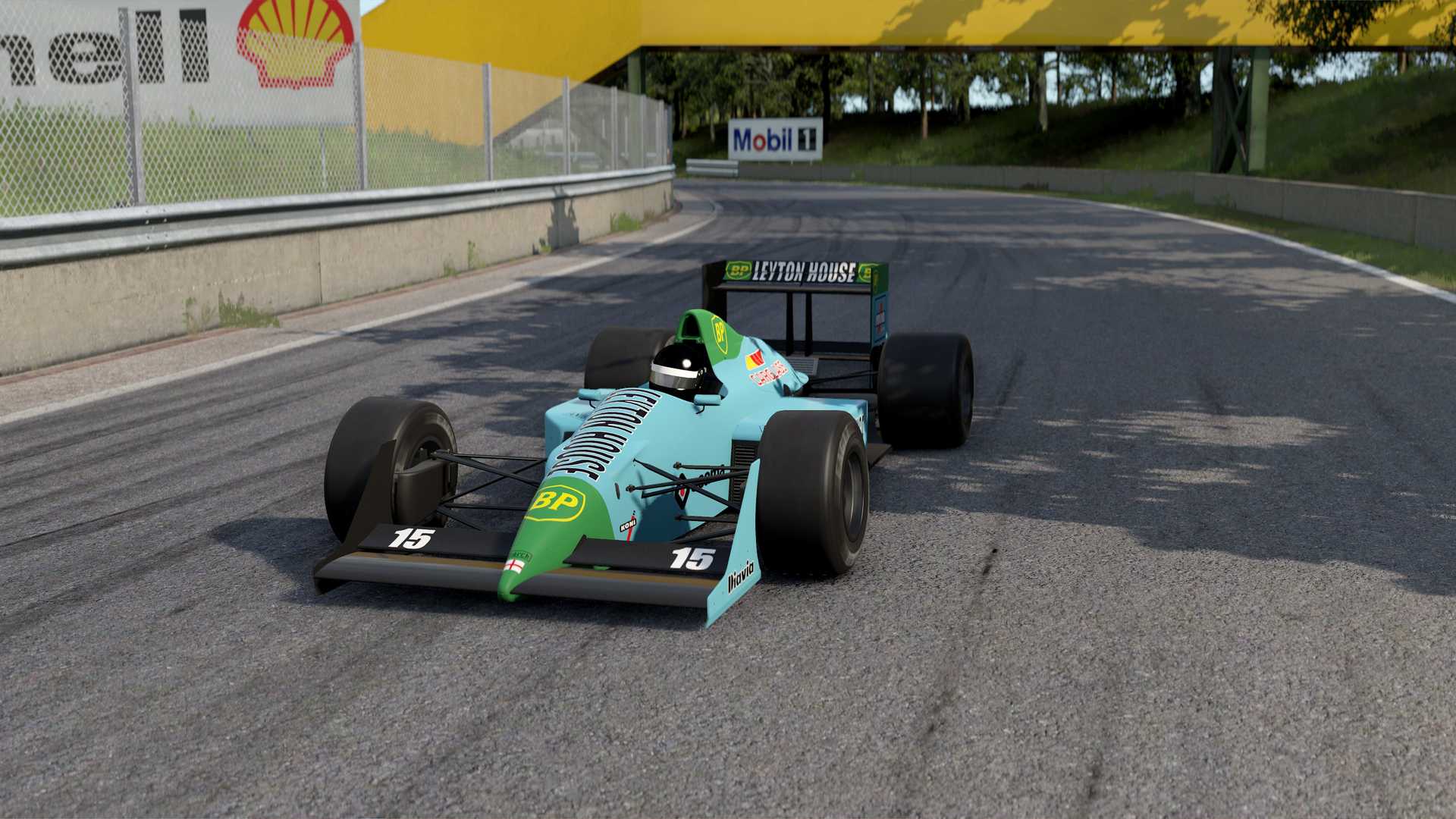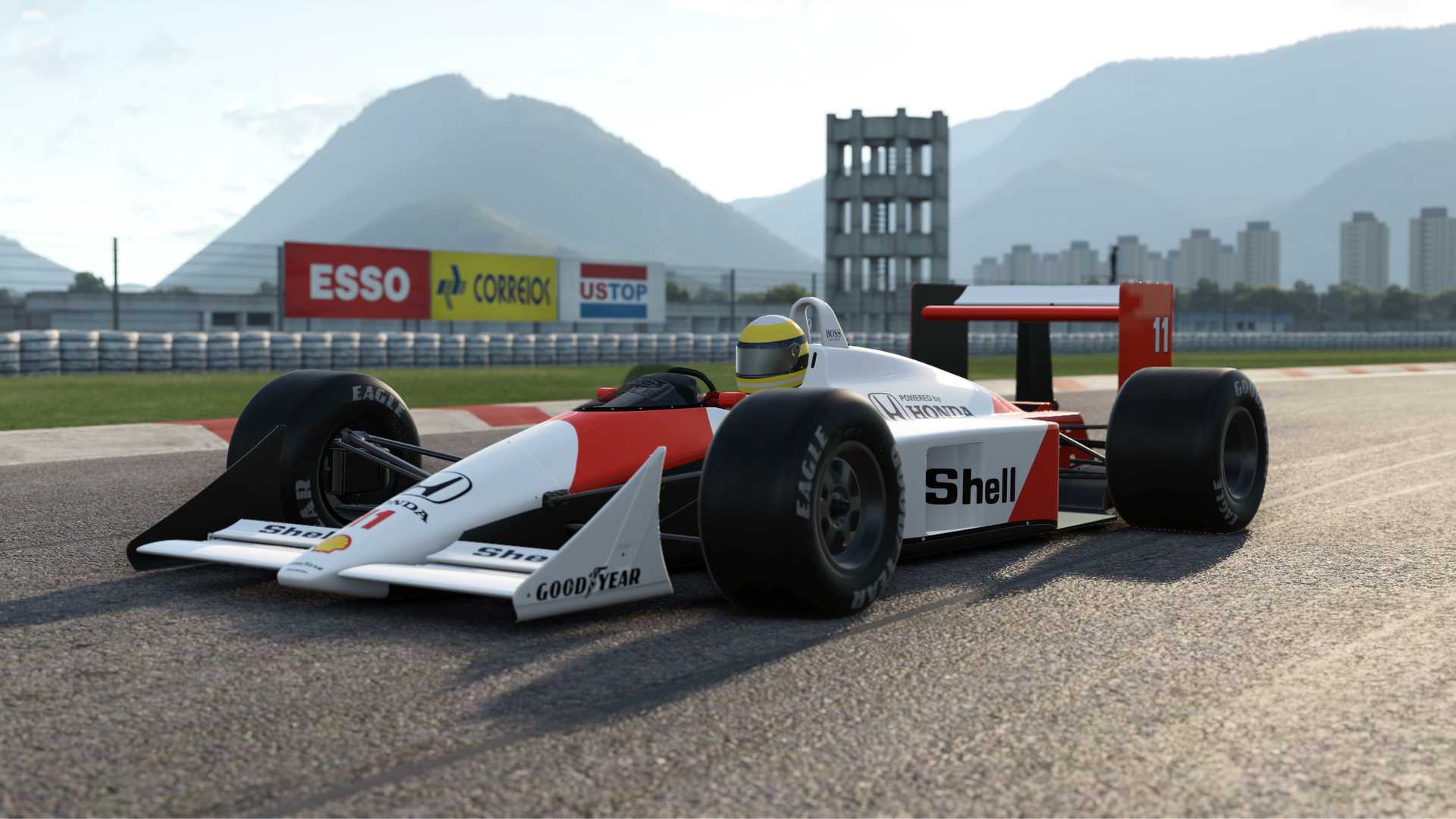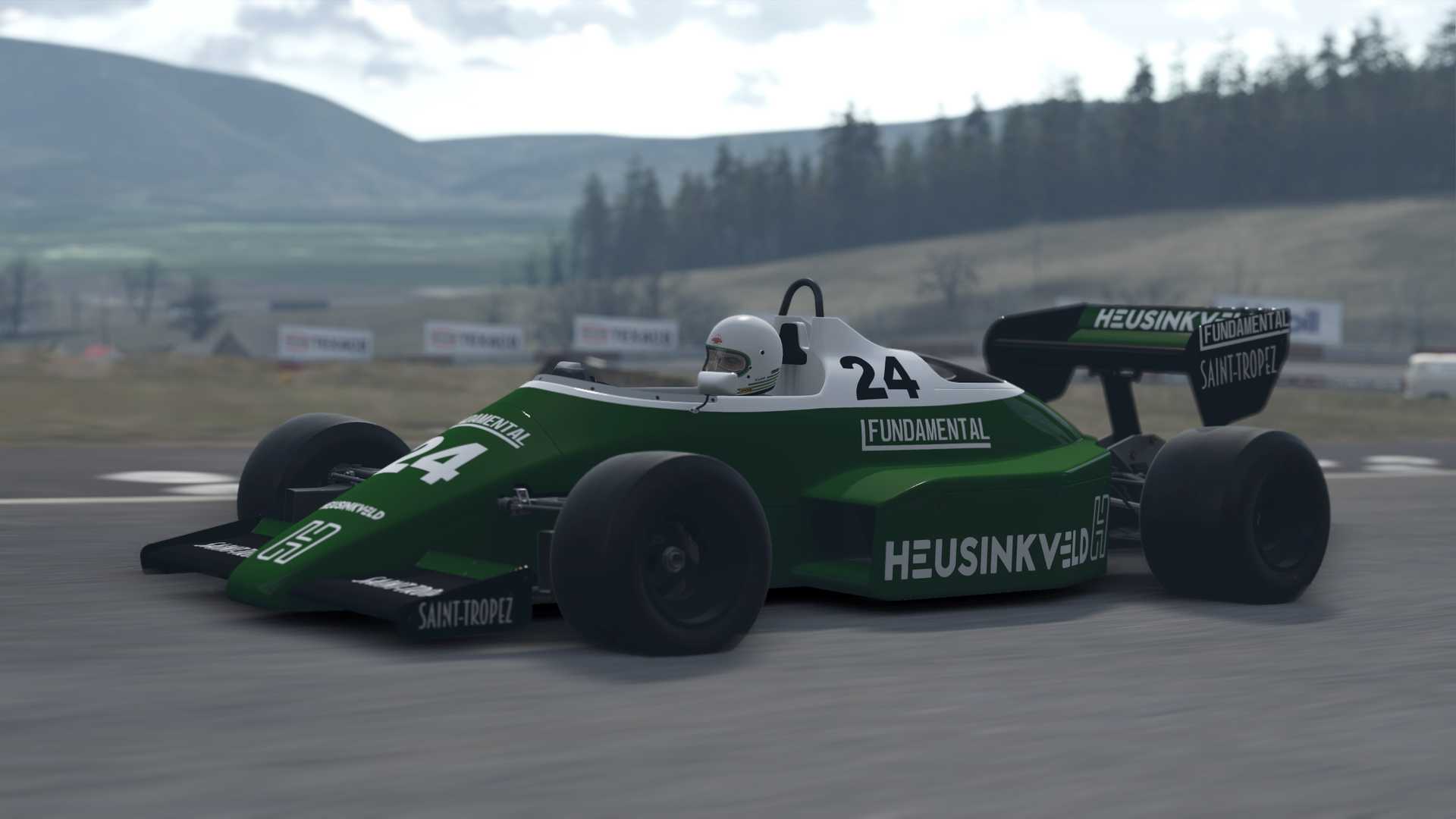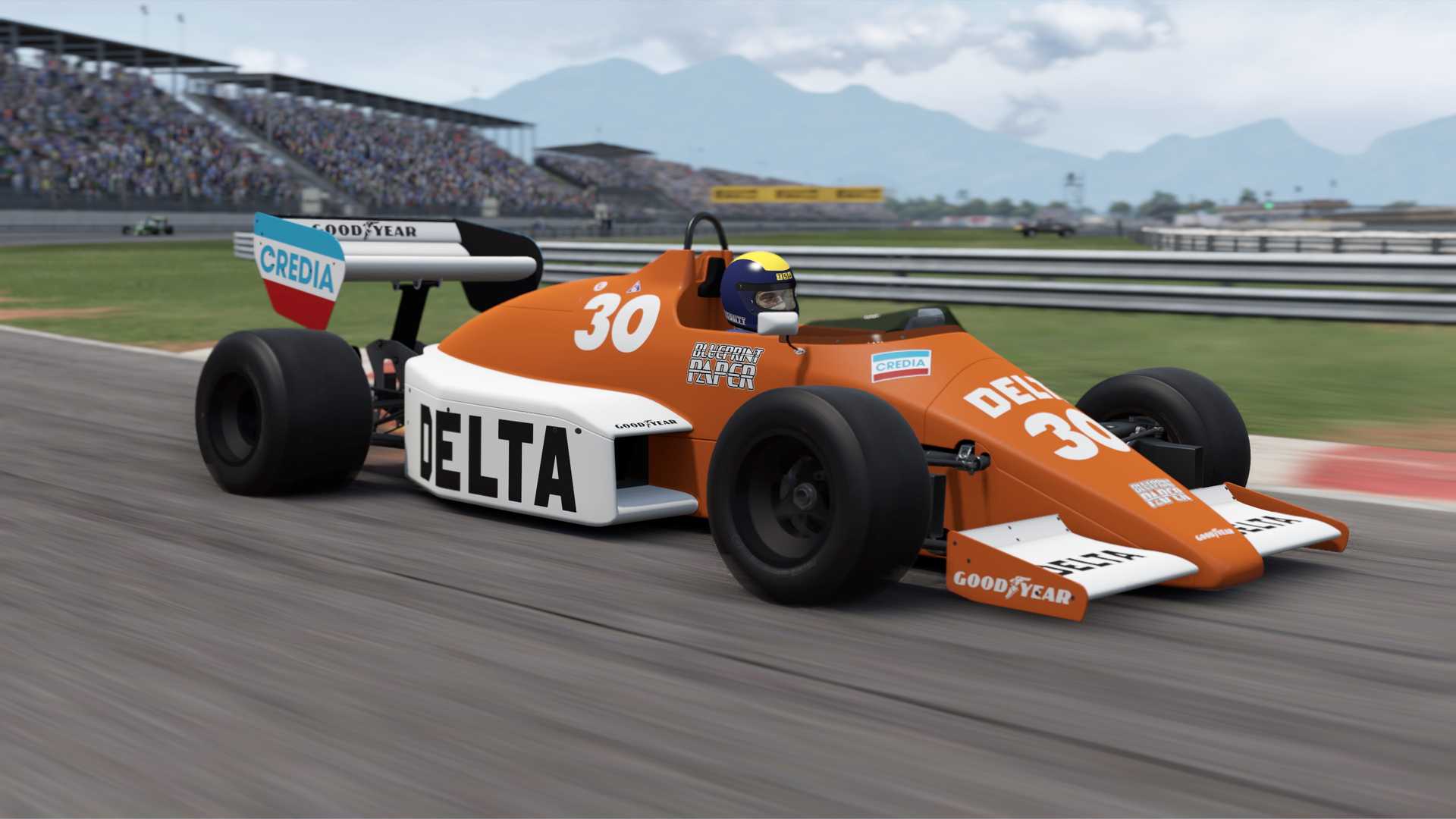1980 was the decade of the turbo with Renault taking turbo engines seriously already in late 70s. The flood gates opened with Brabham's championship winning BT52. After that it was practically impossible to compete with a naturally aspirated engine. The march of the turbo was only stopped by an outright ban in 1989.
Turbocharged internal combustion engines are very common in the 2020s to the point that we take them for granted. But in the 80s they were still reserved for quirky machines. Legendary road car examples are the 911 Turbo as well as Saab 99 - with latter brand being known for their gutsy turbocharged engines ever since.
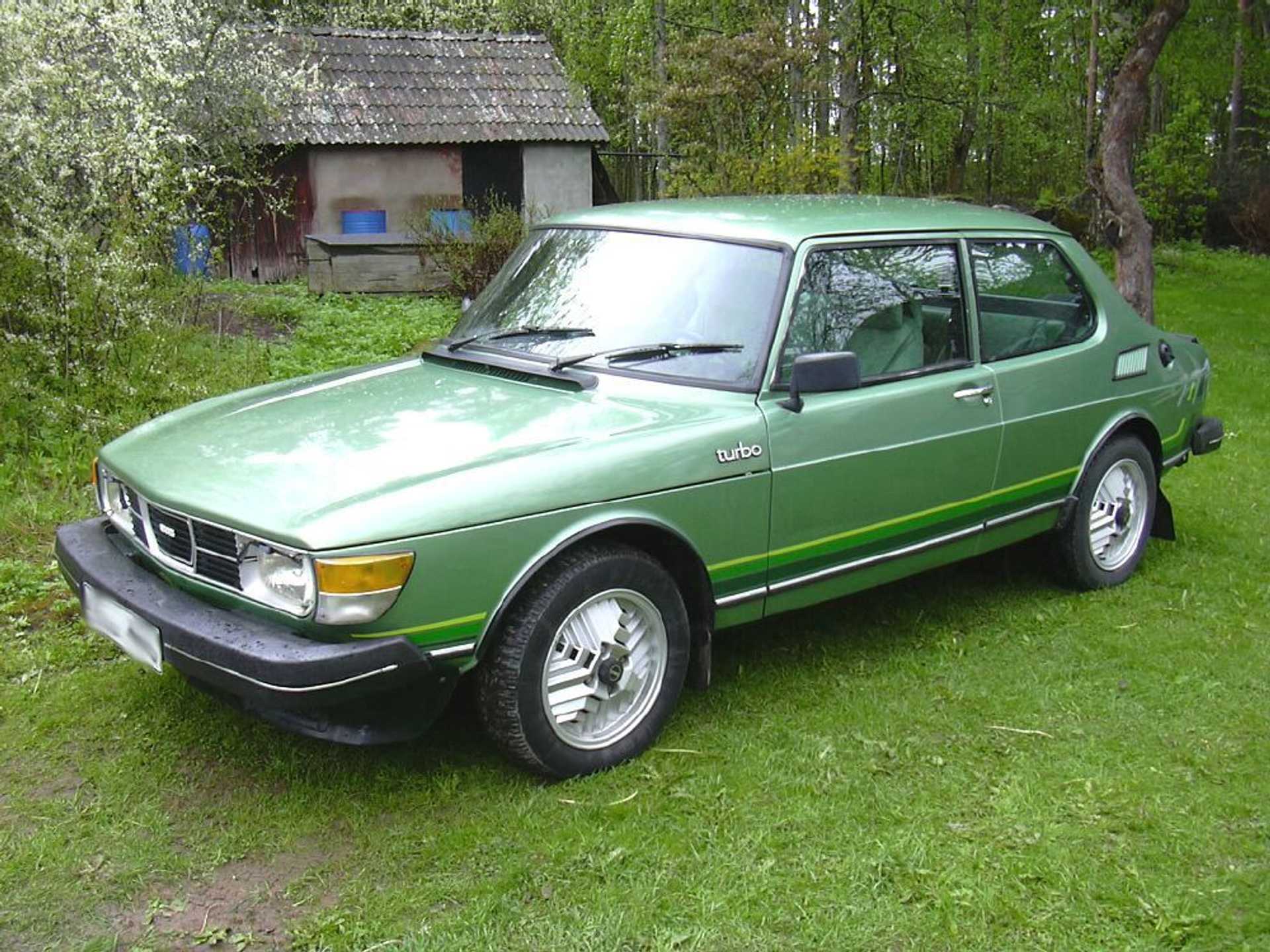
In racing, engine manufacturers such as BMW and Renault took reasonably ordinary 1.5L engines and turned them into incredibly high output powerhouses along the turbo years. From a conservative approximately 650 horsepower in 1983 all the way to 1200-1400 horsepower in qualifying trim by the end of 1986 before boost pressure started being regulated. Considering that the engines only revved up to 10000 to 13000 RPM this required torque levels between 750 and 1000 Nm. Mind you that is the bare minimum required at peak power RPM, as often torque peaks some time before this point.
Turbo Insanity
To give you an idea of how ridiculous the 1.5L turbo engines were, you need to understand the theoretical maximum torque for an ordinary naturally aspirated petrol engine. There is a standard way of measuring how well an engine is performing at its displacement: mean effective pressure (MEP). A 2L and 5L engine both measuring 1000 kPa means that both are doing as well for their size. The 5L one will ultimately put out a lot more torque, but MEPs being equal this difference is linear.
In truth, 1000 kPA is a modest MEP. 1500 is an excellent figure for a naturally aspirated production petrol engine. Anything beyond that is possible for short life race engines with very specifically designed everything. 1500 kPa from a 1.5L means 180 Nm of torque.
So when BMW output roughly 1000 Nm of torque at 10000 RPM (8400 kPa), this was akin to a 1500 kPa 8.4L naturally aspirated engine.
Even in race trim these turbo engines were outputting somewhere around 800 and 900 horsepower, and around 600 Nm of torque (5000 kPa). This was akin to a 5.0L naturally aspirated engine.
The downside of this magical output multiplication was massive contrast before and after the turbo(s) spun up. As turbochargers are driven by exhaust pressure, and would quickly slow down to a crawl without it, this meant that the small engines had an uphill battle everytime they'd start from 0 boost pressure out of slow corners. Once the turbo(s) built up intake pressure, this would also increase exhaust pressure helping with the spin up. After this initial turbo lag followed by rapidly increasing intake pressure, the engine would "snap" into high output in a sense.
Efficiency + Density = Power
The fundamental dilemma everyone faced with increasing power levels was that it was practically impossible to complete a full race at race power (whatever the engine could take without failing). So in practice boost pressure had to be set so you could finish the race and only use more on demand if you remembered to then save some to compensate.
80s also saw teams begin to tinker with exotic fuel blends and packing methods which would serve two purposes. Firstly you could compress the air/fuel mixture more without detonation - a requirement at high boost pressures to not destroy the engine let alone run it well. Secondly you could only pack so many litres of fuel into the tank. Meanwhile refueling was banned so you'd have to have enough for the whole race.
This second point meant that race pace was affected heavily by the engine's efficiency and the team's ability to source higher density fuel. This was not only different chemistry, but also cooling it before putting it into the tank as that made it denser - although this practice was eventually banned. As a result the same volume would hold a significantly higher amount of energy. It would also weigh more, but there's no such thing as free lunch.


